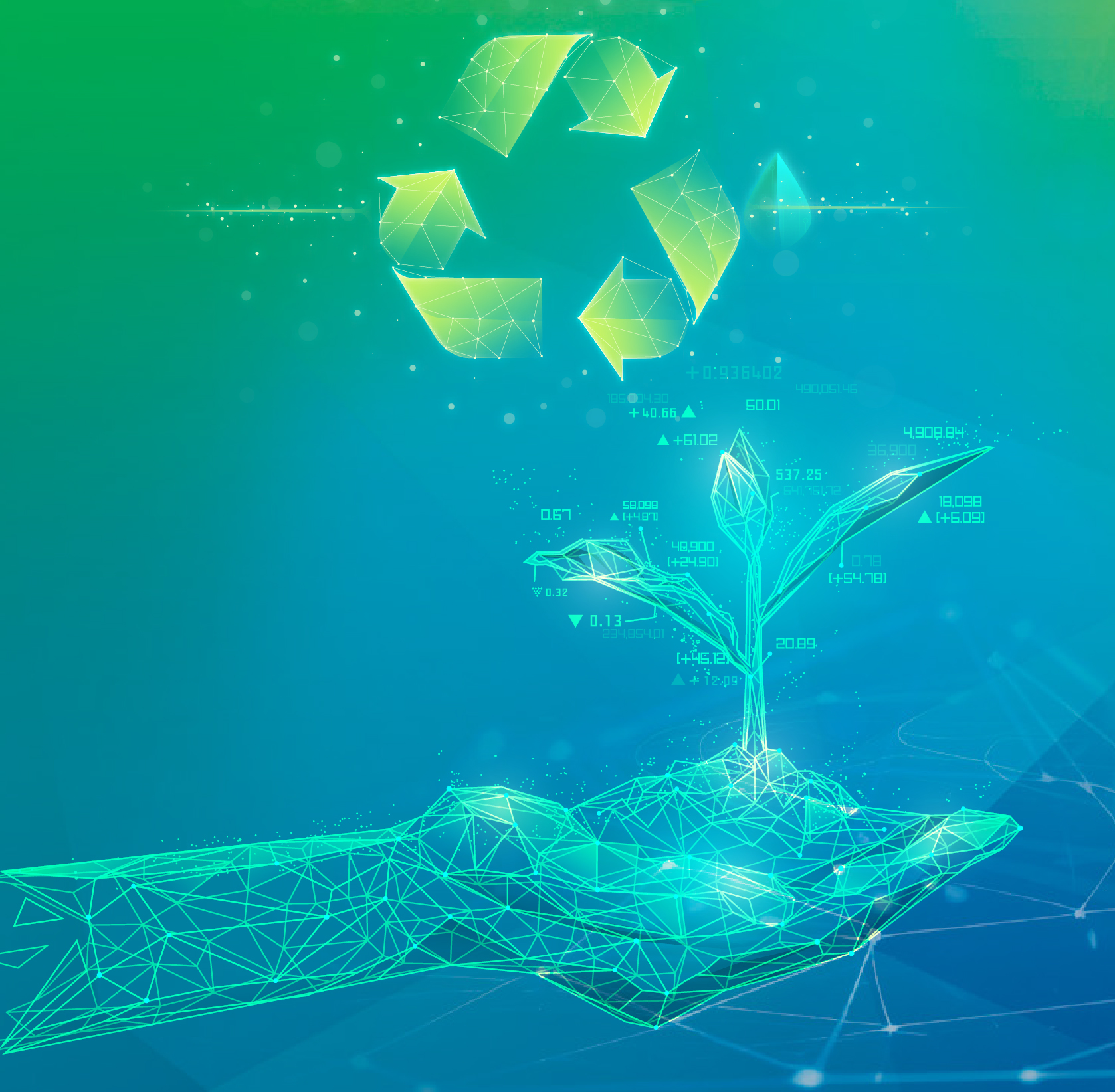GREAT EXPECTATIONS
In the bigger picture of our planet’s future, the mining industry finds itself at a crossroads. As a significant contributor to global warming, accounting for about 4% of total anthropogenic emissions, the industry is under increasing pressure to align with the Paris Agreement and the Sustainable Development Goals.
The industry is not immune to the effects of climate change. Mining operations are vulnerable to climate hazards such as heavy precipitation, drought, and heat, which can alter the supply of water and disrupt production
5. Thus, building resilience in their operations is not just a choice, but a necessity.
The path to sustainability is paved with opportunities. By adopting low-carbon technologies and practices, mining can benefit from lower operational costs, improved efficiency, and an enhanced reputation
5. Moreover, it can play a vital role in enabling the transition to a low-carbon economy by supplying the minerals needed for clean energy and transport. Addressing both Scope 1 (direct emissions owned or controlled by a company) and Scope 2 (indirect emissions consequent to activities), which account for 40% to 50% and 30% to 35% of CO2 emissions respectively
6, is crucial. Solutions such as electrification, renewable energy use, and operational efficiency are likely to become economic within this decade.
Scope 3 emissions (emissions from the supply chain and transport), which account for 28% of global emissions, are largely driven by the combustion of coal. To achieve a 1.5°C climate-change target, coal consumption would need to decline by 80% by 2050
6. This necessitates mining companies to diversify their portfolios and invest in low-carbon alternatives.
Responsible sourcing and stewardship of minerals are paramount, especially those critical for the transition to a low-carbon economy, such as copper, lithium, cobalt, and rare earths. Environmental and social impacts like water use, waste management, biodiversity loss, human rights, and community engagement must be managed by applying best practices and standards.
Collaboration with stakeholders is key. Mining companies need to align with the Paris Agreement and the Sustainable Development Goals to create shared value. They also need to leverage innovation and technology to enhance their sustainability performance and competitiveness.
In essence, the mining industry stands on the precipice of change. It has the potential not only to reduce its greenhouse gas emissions but also to be a catalyst for a sustainable future.

A WORLD TRANSFORMED
Imagine a world where the mining industry, once a symbol of environmental degradation and social disruption, transforms into a beacon of sustainability and social responsibility. By 2050, this could be our reality.
The mining industry of the future could be a far cry from its current state. It could achieve a low-carbon future by embracing new technologies and practices. Innovation and technology would be the driving forces behind this transformation, with digitalization, automation, artificial intelligence, biotechnology, and circular economy at the forefront.
Responsible sourcing and stewardship of minerals would become the norm, especially for those critical to the transition to a low-carbon economy. The industry would manage its environmental and social impacts by adhering to best practices and standards. Collaboration with stakeholders would align the industry with global initiatives like the Paris Agreement and the Sustainable Development Goals.
This metamorphosis of the mining industry is not just a challenge but an opportunity. An opportunity for the sector to contribute to a more prosperous, and progressive world. And if the industry gets it right, what does this mean for our world?
Our planet’s temperature rise could be limited to 1.5°C above pre-industrial levels, sparing us from the worst impacts of climate change. The demand for minerals and metals could be met through more efficient and responsible use of resources. The mining sector could provide decent work and economic growth for millions, especially in developing countries.
The industry could respect human rights and promote social justice for all stakeholders. It could contribute to peace and security by preventing conflicts over natural resources and supporting good governance.
But these goals are not easy to attain. They require collective action and cooperation from all actors involved. And, mining’s role in our net-zero future does not make individual companies inherently sustainable.




